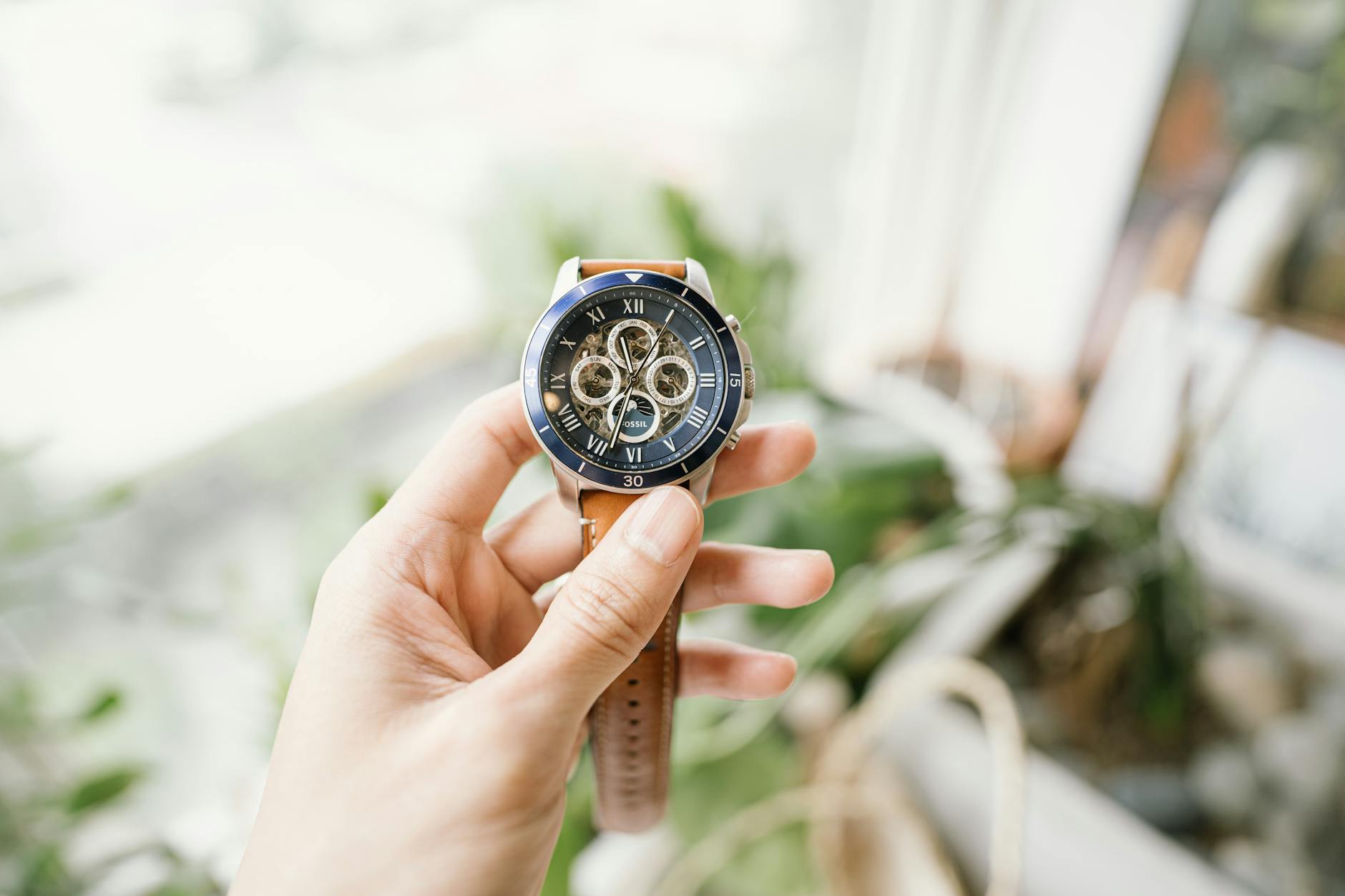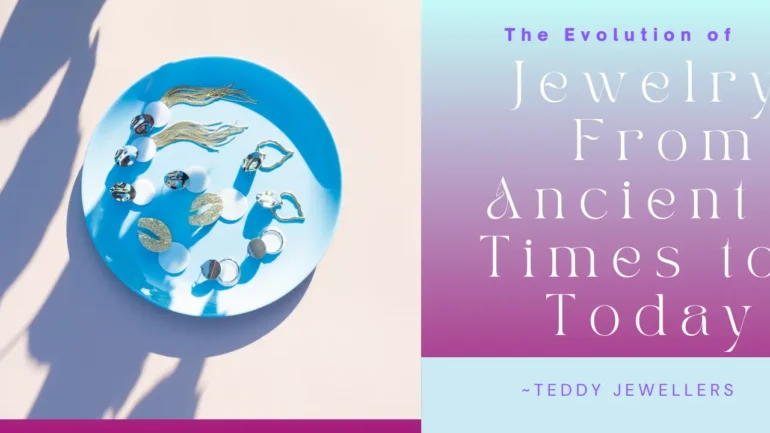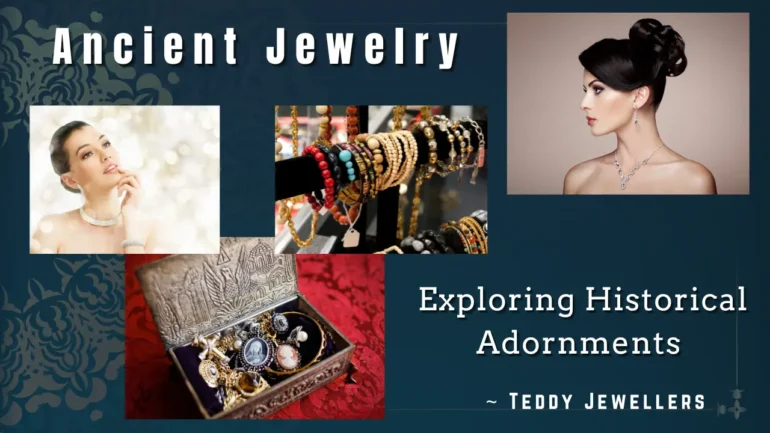Introduction: A Glimpse into Ancient Rome’s Treasured Adornments
Step back in time and discover the exquisite world of ancient Roman jewelry. Renowned for its exceptional craftsmanship, Roman intaglios and cameos are more than just decorative pieces—they are artifacts steeped in history, reflecting the power, prestige, and artistry of a bygone era. Whether you’re a seasoned collector or a curious enthusiast, this guide offers insights into authentic Roman intaglio jewelry and the art of cameo collecting, revealing the enduring allure of these vintage treasures.
Understanding Intaglios and Cameos
What Are Intaglios?
Intaglios are engraved gems or cameos where the design is carved into the surface of the stone, creating a recessed image. In ancient Rome, these were often used as seals or signet rings, and they featured intricate designs that conveyed personal symbols, portraits, or mythological scenes.
What Are Cameos?
Cameos, on the other hand, are relief carvings where the design stands out from the background. Typically made from layered stones, cameos display contrasting colors between the raised figures and the background, offering a striking, three-dimensional effect. These pieces were popular as brooches, pendants, and decorative medallions.
Historical Significance and Cultural Impact
Both intaglios and cameos played vital roles in ancient Roman society. They were used as personal seals to authenticate documents, served as status symbols among the elite, and were cherished as gifts that conveyed respect and admiration.
- Symbolism: Many pieces feature mythological, military, or personal emblems that tell a story of honor and heritage.
- Artistic Expression: The meticulous craftsmanship of these pieces reflects the high level of artistry in ancient Roman culture.
- Legacy: Today, intaglios and cameos are valued not only as collectibles but also as wearable pieces of history that bridge the gap between past and present.
Comparing Intaglios and Cameos
| Feature | Intaglios | Cameos |
|---|---|---|
| Design Technique | Engraved into the surface | Relief carving with raised figures |
| Usage | Personal seals, signet rings | Brooches, pendants, decorative medallions |
| Visual Effect | Subtle and intricate | Bold contrast and three-dimensional |
| Materials | Various gemstones and hard stones | Layered stones like onyx, sardonyx, and agate |
Collecting Tips for Antique Roman Jewelry
Authenticity and Provenance
When collecting antique Roman jewelry, verifying authenticity is crucial. Look for:
- Provenance documentation and certification from reputable dealers.
- Signs of expert craftsmanship and historical detailing.
- Pieces with a clear history or connection to Roman culture.
Preservation and Maintenance
Proper care can extend the life of these precious collectibles:
- Store items in a dry, cushioned environment away from direct sunlight.
- Handle with care to avoid scratches or damage to the intricate details.
- Regularly consult with a professional conservator for maintenance advice.
Conclusion: Embrace the Legacy of Ancient Rome
Ancient Roman jewelry, from intaglios to cameos, offers a unique window into a world of timeless beauty and historical significance. These pieces serve not only as exquisite accessories but also as lasting tributes to the art, culture, and legacy of ancient Rome. Whether you’re a collector or a lover of vintage style, embracing these treasures allows you to carry a piece of history with you.
“Wearing ancient Roman jewelry is like adorning yourself with history—a tangible connection to the artistry and spirit of an extraordinary civilization.” – Vintage Jewelry Expert
Explore our internal guides for more insights into Gemstone Lore & Science and Vintage & Antique Jewelry to deepen your appreciation for these remarkable pieces. Let the legacy of ancient Rome inspire your style and collection.


